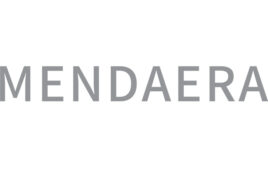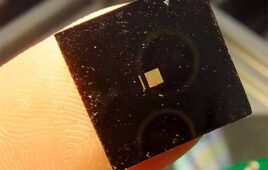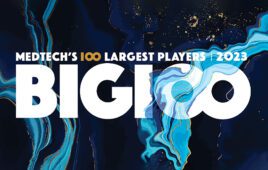
Sagittal MRI slice at the midline. [Image from Wikipedia]
Autism is characterized by challenges in social skills, repetitive behaviors, speech and nonverbal communication. People with autism also tend to have unique strengths and differences. It is estimated that approximately 1 in 68 children have autism in the U.S. Every 1 in 42 boys is diagnosed with autism while 1 in 189 girls is diagnosed. Generally, autism begins to show around the ages of 2 and 3 years old and can be diagnosed as early as 18 months, according to Autism Speaks. There is no other way to diagnose the disease without the child showing symptoms.
“Previous findings suggest that brain-related changes occur in autism before behavioral symptoms emerge,” said Diana Bianchi, National Institute of Child Health and Human Development (NICHD) director, in a press release. “If future studies confirm these results, detecting brain differences may enable physicians to diagnose and treat earlier than they do today.”
Researchers at the University of North Carolina-Chapel Hill and Washington University School of Medicine in St. Louis used the brain’s functional connectivity to try and predict autism. The functional connectivity is how different parts of the brain work together during varying tasks and while resting.
The researchers scanned 59 high-risk, 6-month old infants with fcMRI while they slept. Since they had siblings who already had autism, they were considered as being high-risk for autism. By the time the infants turned 2, 11 of the 59 infants were diagnosed with autism.
Machine learning was taught to spot the differences in neuroimaging results and separate them into two groups for autism and non-autism. One analysis was able to predict each infant’s future diagnosis using the other 58 infants’ data that was used to train the machine learning. The analysis showed that 82% of the infants would be diagnosed with autism later on and it was able to correctly identify which infants would not develop autism. Another analysis showed that in other cases, the machine learning program predicts diagnoses for multiple groups of 10 infants with 93% accuracy.
“Although the findings are early-stage, the study suggests that in the future, neuroimaging may be a useful tool to diagnose autism or help healthcare providers evaluate a child’s risk of developing the disorder,” said Joshua Gordon, National Institute of Mental Health director.
The study found that overall, 974 functional connections in the brains of the babies were associated with autism-related behaviors. The researchers suggest that a single neuroimaging scan could accurately predict autism in high-risk infants. However, they still need to test it in a larger group.
The research was funded by the Eunice Kennedy Shriver National Institute of Child Health and Human Development and the National Institute of Mental Health.
[Want to stay more on top of MDO content? Subscribe to our weekly e-newsletter.]




